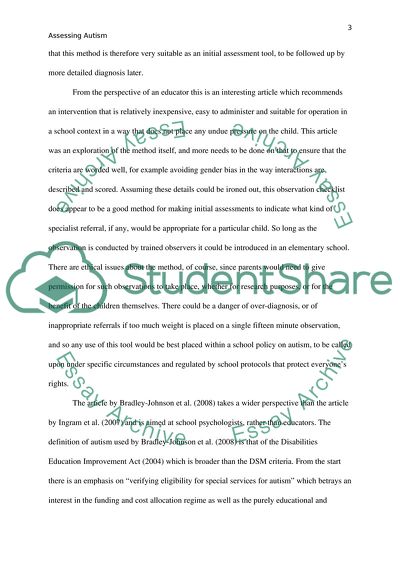Cite this document
(Model for Assessing the Unique Characteristics of Children With Autism Literature review Example | Topics and Well Written Essays - 1250 words, n.d.)
Model for Assessing the Unique Characteristics of Children With Autism Literature review Example | Topics and Well Written Essays - 1250 words. https://studentshare.org/education/1768033-assessment
Model for Assessing the Unique Characteristics of Children With Autism Literature review Example | Topics and Well Written Essays - 1250 words. https://studentshare.org/education/1768033-assessment
(Model for Assessing the Unique Characteristics of Children With Autism Literature Review Example | Topics and Well Written Essays - 1250 Words)
Model for Assessing the Unique Characteristics of Children With Autism Literature Review Example | Topics and Well Written Essays - 1250 Words. https://studentshare.org/education/1768033-assessment.
Model for Assessing the Unique Characteristics of Children With Autism Literature Review Example | Topics and Well Written Essays - 1250 Words. https://studentshare.org/education/1768033-assessment.
“Model for Assessing the Unique Characteristics of Children With Autism Literature Review Example | Topics and Well Written Essays - 1250 Words”. https://studentshare.org/education/1768033-assessment.


